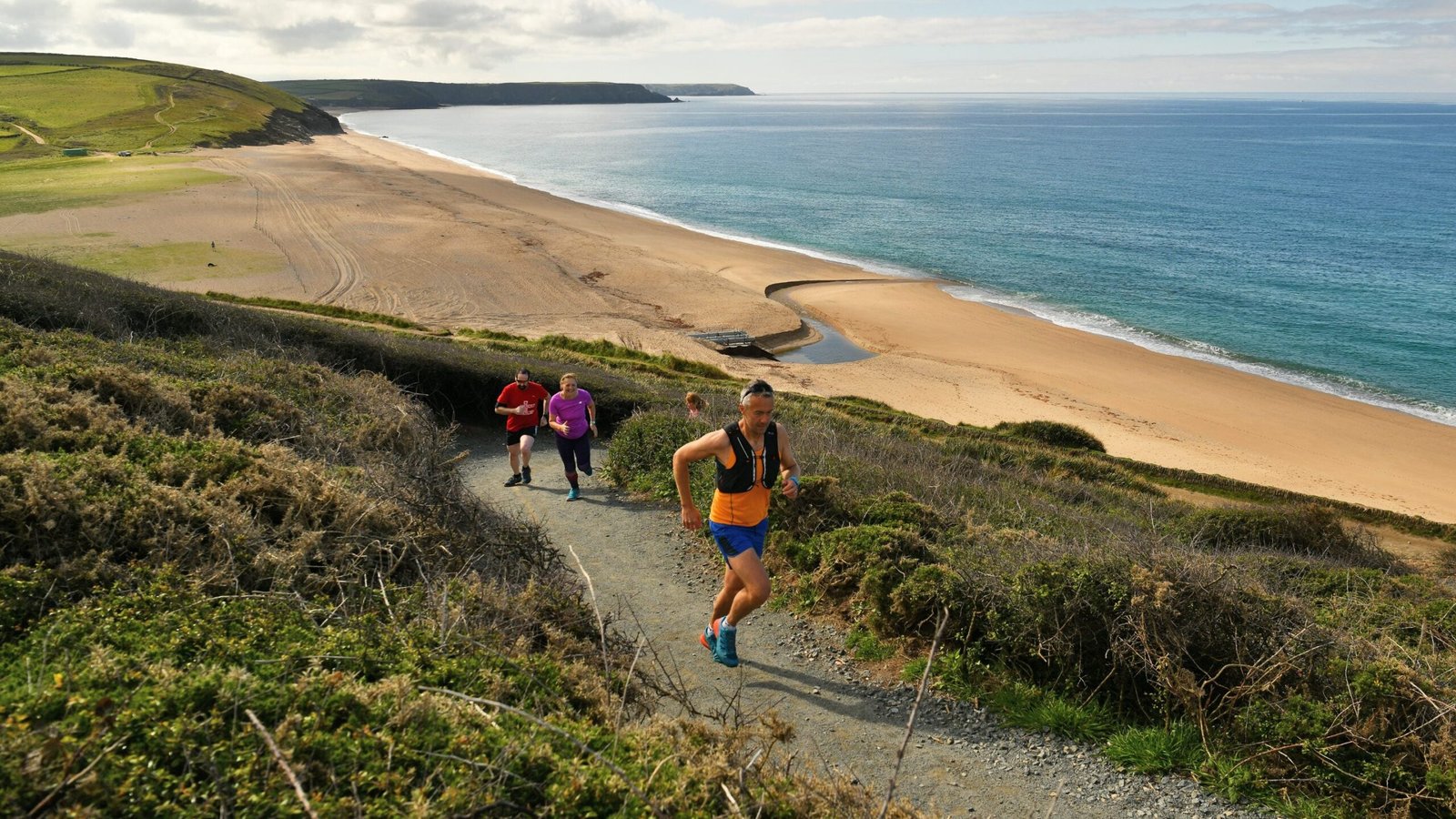Cross-country running is one of the most demanding sports, requiring a blend of strength, speed, and stamina. Whether you’re a seasoned competitor or new to the sport, improving your speed and endurance is key to excelling in cross-country races. The right training drills can help you develop the necessary fitness and technique to tackle tough courses and elevate your race performance.
In this post, we’ll explore the best cross-country running drills that focus on boosting both speed and endurance. These drills are designed to target different aspects of your running, from your form and cadence to your ability to sustain effort over long distances.
1. Fartlek Training: Speed Play
Fartlek training, which means “speed play” in Swedish, is a versatile drill that combines fast running intervals with slower recovery periods. This drill is ideal for building both speed and endurance because it mirrors the surges and recoveries you’ll experience during an actual cross-country race.
How to Do It:
- Warm up with a light jog for 10-15 minutes.
- Alternate between fast-paced running (30 seconds to 1 minute) and a recovery pace (1-2 minutes).
- You can vary the intensity of your fast intervals, depending on your goals for the workout.
- End with a cool-down jog for 5-10 minutes.
Why It Works:
Fartlek training helps improve your ability to change pace throughout a race, building both speed and endurance. The variability in pace mimics the unpredictable nature of cross-country races, where you may have to sprint up a hill or maintain a steady pace on a flat stretch.
2. Hill Sprints: Building Strength and Power
Hill sprints are one of the most effective drills for building speed and strength, particularly for cross-country running, where hills and uneven terrain are often present. Running up hills activates your glutes, hamstrings, and calves, building strength while improving your cardiovascular endurance.
How to Do It:
- Find a steep hill that takes 20-30 seconds to run up at full intensity.
- Sprint up the hill with maximal effort.
- Walk or jog down to recover.
- Repeat for 5-10 sets, depending on your fitness level.
Why It Works:
Hill sprints build power and speed by increasing your stride length and strength. The incline forces your body to work harder, improving your strength for tackling uphill sections of cross-country courses. Plus, it develops explosive power for faster running on flat terrain.
3. Tempo Runs: Improving Lactate Threshold
Tempo runs, also known as threshold runs, are designed to help you run at a pace just below your lactate threshold—the point at which lactic acid builds up in your muscles and causes fatigue. By training at this pace, you improve your ability to run faster without tiring as quickly, which is essential for cross-country races.

How to Do It:
- Warm up with a light jog for 10-15 minutes.
- Run at a pace that feels “comfortably hard” for 20-30 minutes. You should be able to speak in short sentences but not carry on a conversation.
- Cool down with a light jog or walk for 5-10 minutes.
Why It Works:
Tempo runs teach your body to sustain faster speeds for longer periods. By improving your lactate threshold, you’ll be able to maintain a strong pace throughout your race, even as fatigue sets in. This is especially beneficial in cross-country races, which often involve sustained efforts over varying terrain.
4. Long Runs: Building Endurance
Long runs are a staple in any cross-country runner’s training plan. These runs are slower-paced and longer in duration, helping to build the aerobic endurance needed to run at a steady pace for extended periods. Consistency with long runs will increase your stamina, which is crucial for completing cross-country races without slowing down significantly.
How to Do It:
- Plan a route that takes you on a trail, track, or mixed terrain.
- Run at a conversational pace for 60-90 minutes (or longer, depending on your experience level).
- Focus on maintaining a steady, moderate effort rather than speed.
Why It Works:
Long runs develop your aerobic capacity and endurance, which are crucial for completing the longer, more demanding sections of cross-country races. Over time, these runs will increase your ability to sustain effort at a steady pace and recover faster from the intensity of the race.
5. Interval Training: Boosting Speed and VO2 Max
Interval training involves alternating between periods of high-intensity running and lower-intensity recovery. This type of workout is ideal for improving both speed and cardiovascular fitness, particularly for those aiming to improve their race times.
How to Do It:
- Warm up with a light jog for 10-15 minutes.
- Sprint for 30 seconds at maximum effort, followed by 1-2 minutes of walking or slow jogging for recovery.
- Repeat for 8-12 intervals, depending on your fitness level.
- Finish with a cool-down jog for 5-10 minutes.
Why It Works:
Intervals push your body to work at higher intensities, which increases your VO2 max—the maximum amount of oxygen your body can use during exercise. The better your VO2 max, the faster and more efficiently you can run. This is especially useful for improving your speed during cross-country races when you need to surge ahead of competitors.
6. Strides: Perfecting Running Form and Speed
Strides are short, controlled bursts of running that help improve your running form, increase your speed, and activate your fast-twitch muscle fibers. Incorporating strides into your training routine can also help you finish strong during races.
How to Do It:
- After a warm-up, find a flat, straight stretch of road or trail.
- Run at 80-90% of your max speed for about 20-30 seconds, focusing on form.
- Slow down to a jog or walk for 1-2 minutes after each stride.
- Repeat 4-8 strides as part of your workout.
Why It Works:
Strides help you develop a faster, more efficient running form, particularly when it comes to maintaining good posture, a strong arm swing, and quick foot turnover. They are also a great way to improve speed and prepare your body for the demands of race day.
7. Plyometric Drills: Explosive Power
Plyometric exercises, also known as “jump training,” involve explosive movements that improve your strength, power, and speed. These drills are excellent for cross-country runners because they help develop fast-twitch muscle fibers, which are used for sprinting and fast acceleration.
How to Do It:
- Jump squats: Stand with your feet shoulder-width apart, squat down, and jump explosively.
- Bounding: Take long, powerful strides, focusing on height and distance with each step.
- Box jumps: Jump onto a raised platform or box, landing softly with bent knees.
Why It Works:
Plyometric drills improve your ability to generate power, making you faster and more explosive during sprints and hill climbs. They also enhance your agility and strength, key components for navigating uneven cross-country terrain.
Conclusion
Incorporating these cross-country running drills into your training regimen will help you develop the speed, strength, and endurance necessary to excel in your races. Each drill targets a specific area of fitness, from improving your power on hills to enhancing your stamina over long distances. Whether you’re training for your first race or looking to improve your personal best, these exercises will set you on the path to success.
Make sure to combine these drills with a proper recovery plan to avoid injury and maximize performance. With consistent training and smart preparation, you’ll be ready to take on any cross-country course with confidence and speed!











